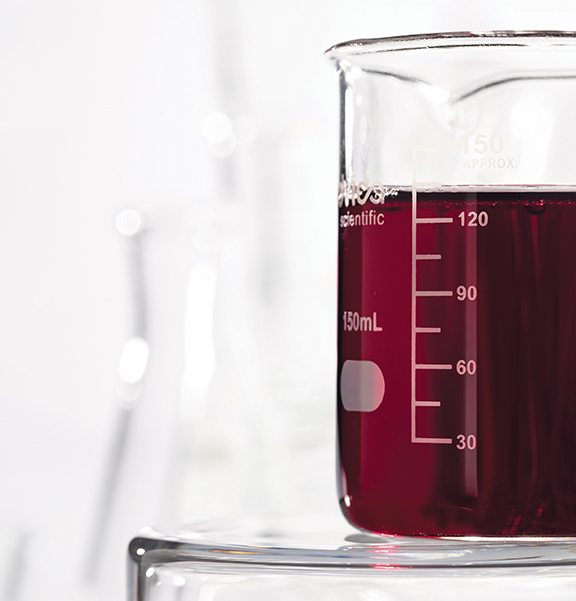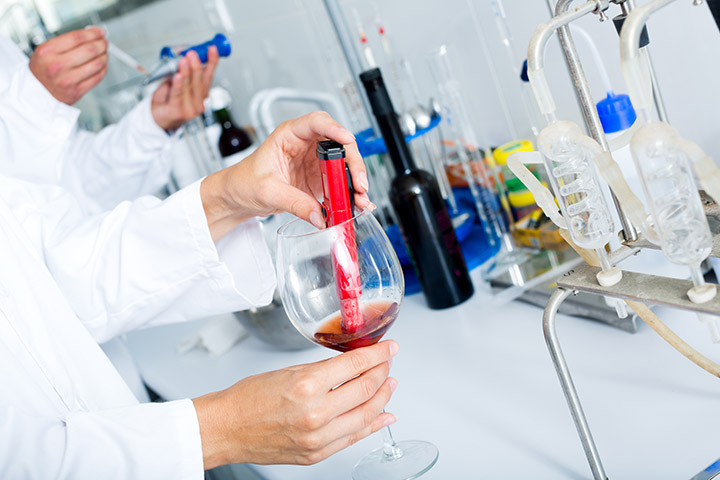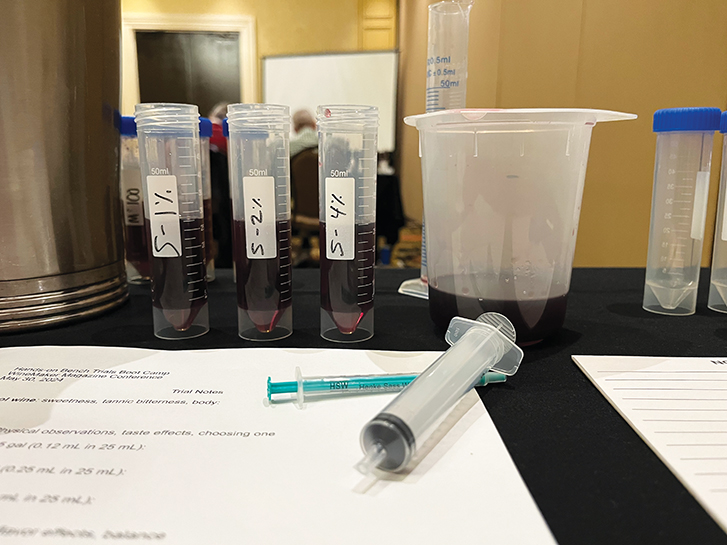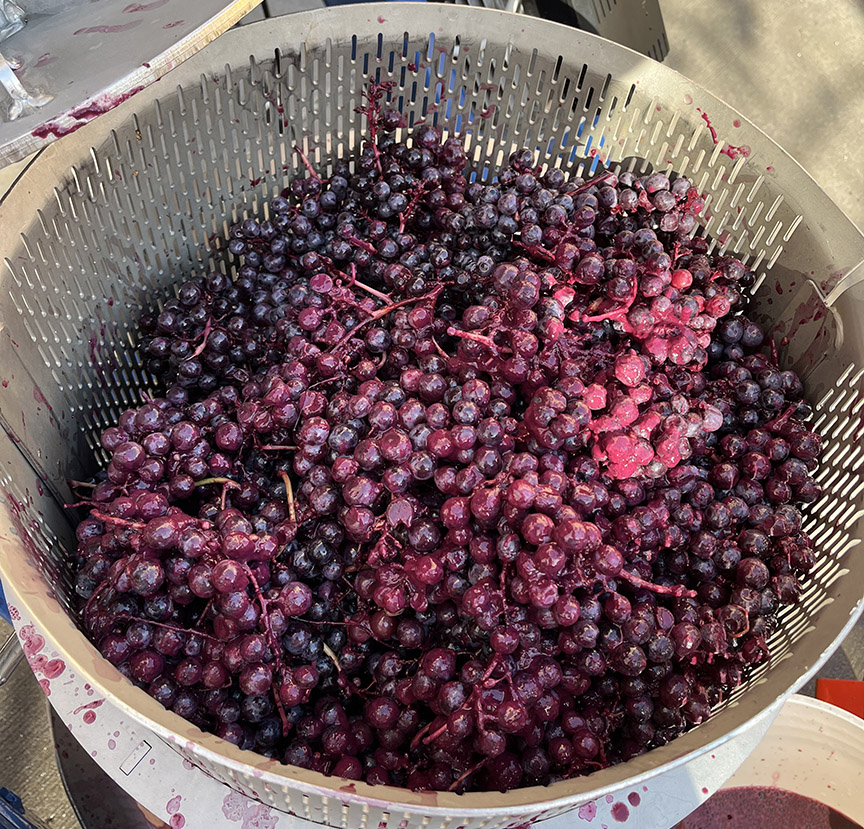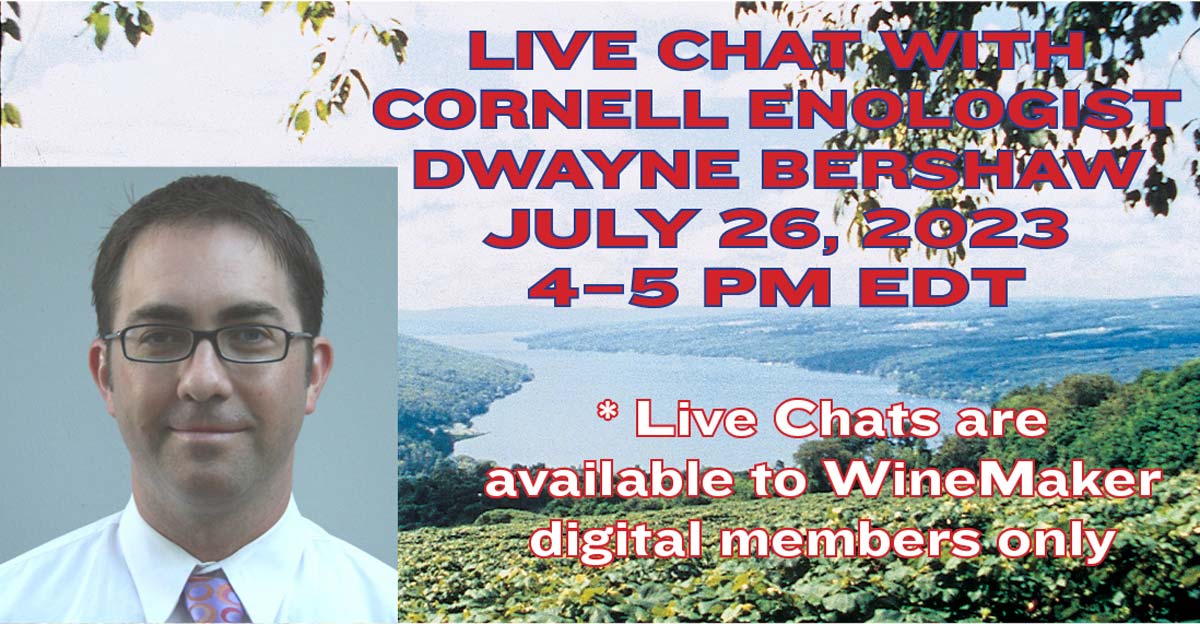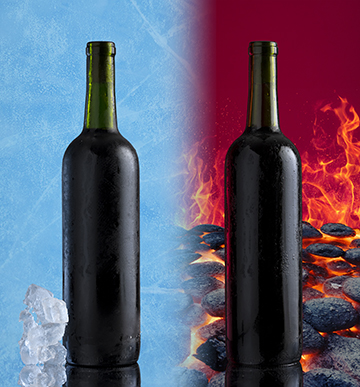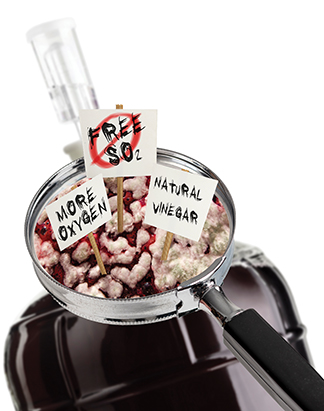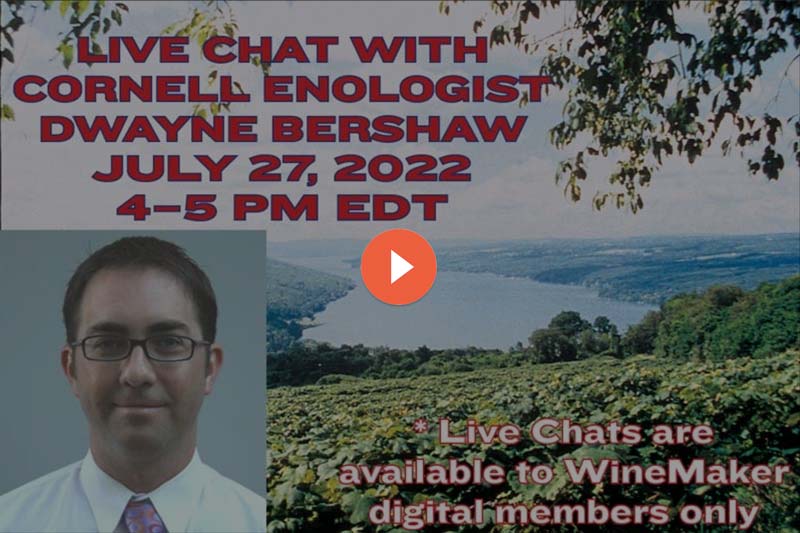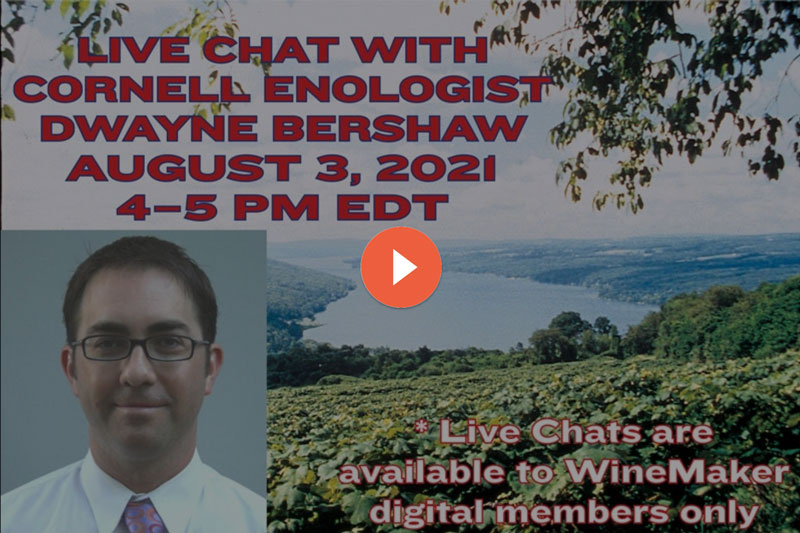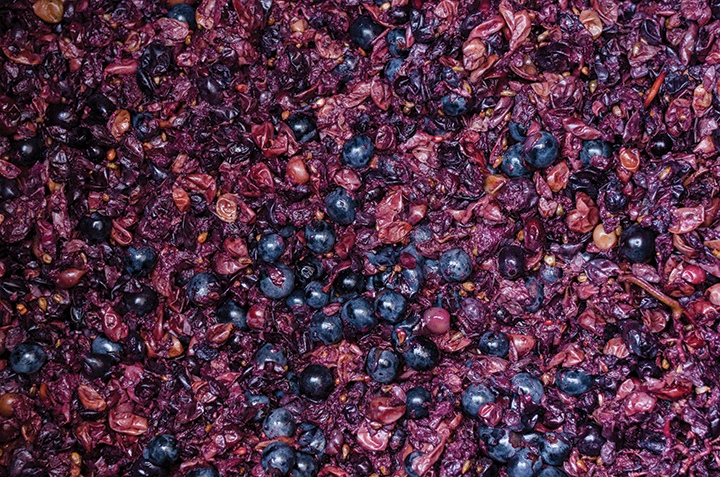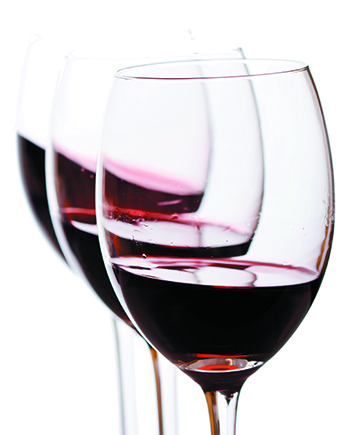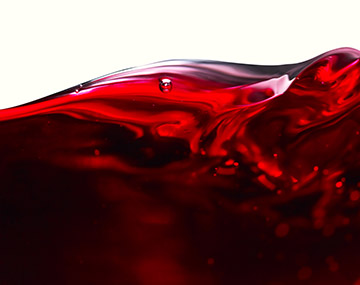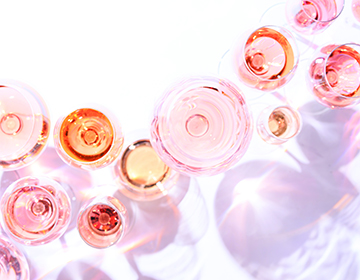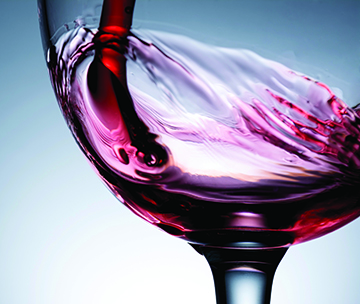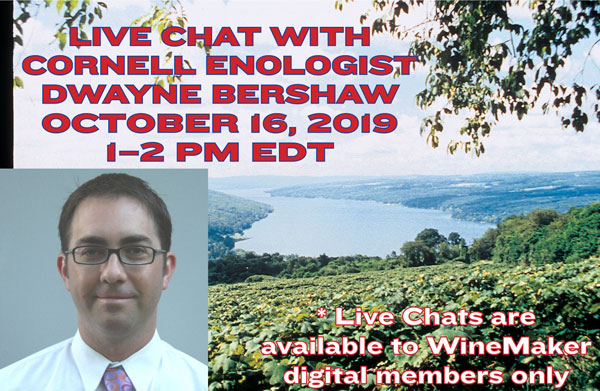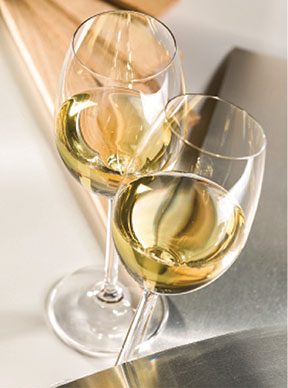Writer: Dwayne Bershaw
Performing Winery Lab Tests
Take the guesswork out of winemaking by performing tests on your juice, must, and wine. We run through the most critical tests, as well as how and when they should be done.
Setting Up a Home Wine Lab
Learn about the lab equipment you should consider investing in for each stage of the winemaking process.
Performing Benchtop Trials
When changes to aroma or structure are desired to achieve a more balanced, pleasing wine, you should always start with benchtop trials to dial in optimal addition rates. Learn how to get the most from your trials before adjusting your entire batch.
Whole Cluster Fermentation
Whole cluster fermentation — fermenting grapes without crushing and destemming them first — is a technique that has been around for ages. Let’s take a deep dive into the benefits of this technique, what the research says, and whether you may want to consider whole cluster fermentation at home.
Live Chat with Dwayne Bershaw
Click on this link to view the recorded video of the Live Chat: https://www.crowdcast.io/c/21rykkt93bod
Protection from the Elements
Heat (protein) and cold (bitartrate) stability issues in wine cause off-putting aesthetic defects that are often brought to light after the wine is in the bottle and undergoes a temperature swing if not taken care of during bulk aging. Learn how (and if) you should take these heat and cold stabilization precautions at home.
Microbial Stability
Chemical and microbial stability measures must be taken after fermentation but prior to bottle aging to protect the wine from contamination and subsequent off-aroma generation caused by microbial metabolism. Learn the most common methods for achieving microbial stability, both during aging in the cellar and at packaging.
Live Chat with Dwayne Bershaw
Live chat with Dwayne Bershaw, which took place July 27, 2022.
Live Chat with Dwayne Bershaw
Live Chat with Dwayne Bershaw, which took place on August 3, 2021.
Maceration Considerations
As harvest nears it is time to make a plan of action for how you will proceed with each batch you plan to make this fall. With red wines there are many options. We take a closer look at cold soaking, extended macerations, and carbonic macerations.
Additives to Impact Phenolics and Tannins
Explore the additives and fining agents common in commercial wine production and available to home winemakers. These tannin additives and fining compounds may be used to modify the quantity of different phenolic species, and thus impact the color, bitterness, and astringency of the treated wine.
Phenolics in Red Wines
The decisions you make in the process of red winemaking will dramatically impact the phenolics and tannins in the resulting wine. From maceration temperature to techniques like délestage, saignée, and thermovinification, you control how your wines will turn out.
Phenolics & Tannins in White, Sparkling & Rosé Styles
Polyphenolics are usually associated with red wines, but there are definitely processing choices and stylistic options where polyphenolics play a role in whites, rosé, and sparkling wines also.
Phenolics and Tannins
An understanding of what is happening in wine on a chemical basis can be very useful in influencing choices regarding processing options and timing of activities for different wine styles. Unfortunately winemaking
Live Chat With Dwayne Bershaw
Live Chat with Dwayne Bershaw, which took place on October 16, 2019.
Prevent Volatile Acidity
Volatile acidity (VA) is a flaw that can ruin the aroma of a wine. Explore what exactly VA is, why it is such a problem, and techniques to avoid VA in the future.
Making the Cut
Press cuts give the winemaker more blending options to create a wine precisely as it was envisioned. Learn if, and when, press cuts may benefit your winemaking.
Post-Fermentation Wine Tweaks
Sometimes, a wine you believed would be balanced during fermentation comes up a little short after fermentation is complete. Learn what you can do to restore it to an order of balance with these post-fermentation adjustments.
